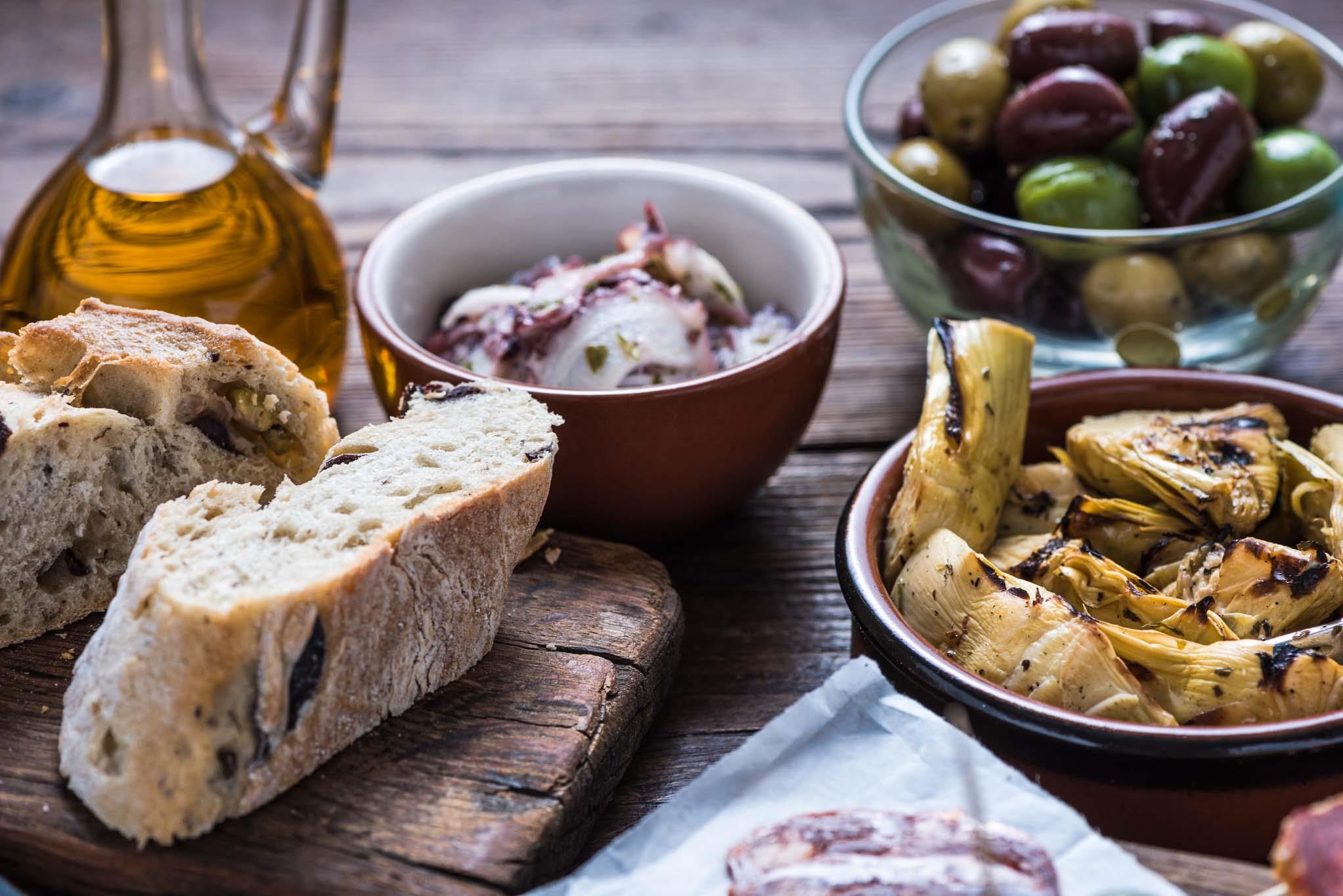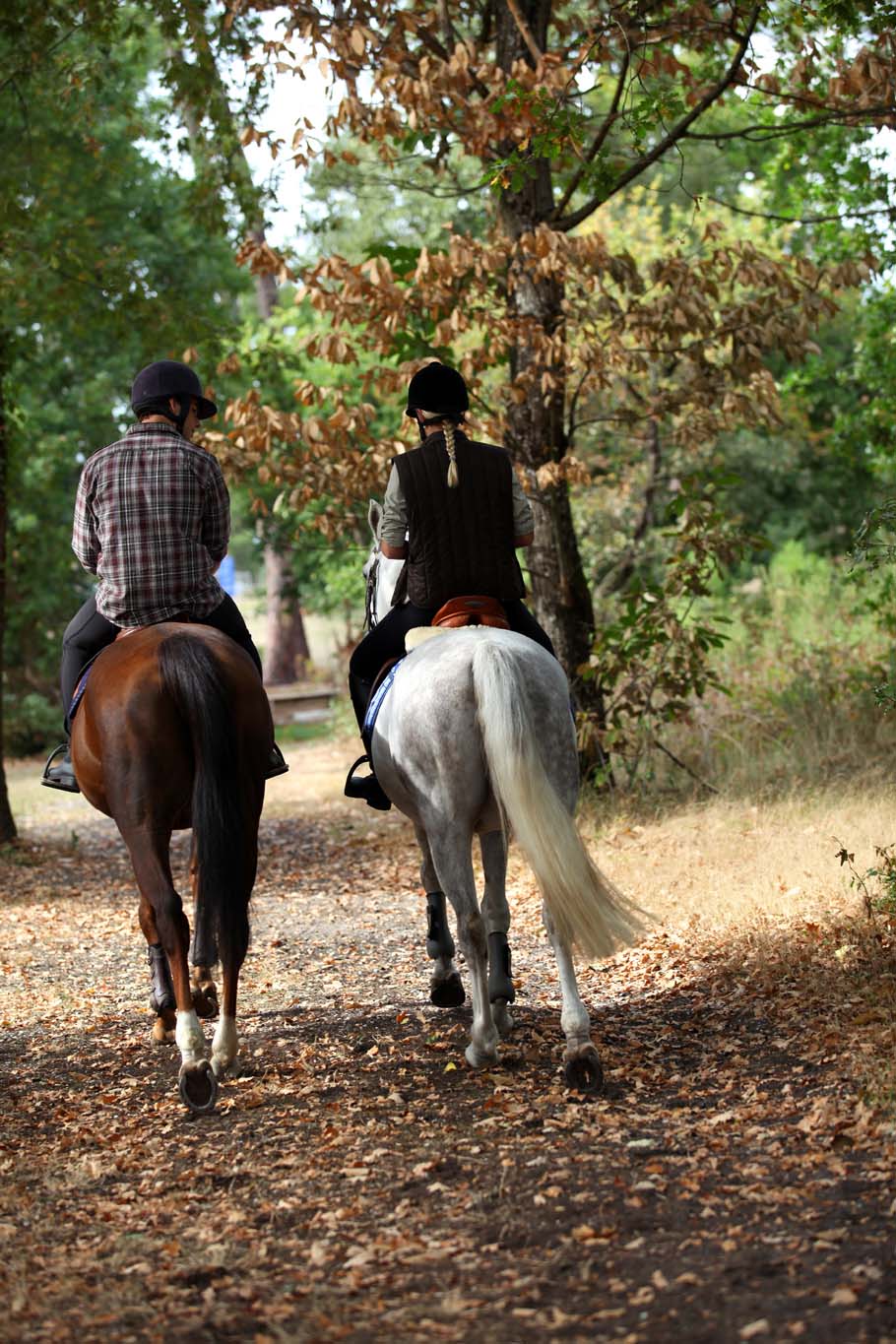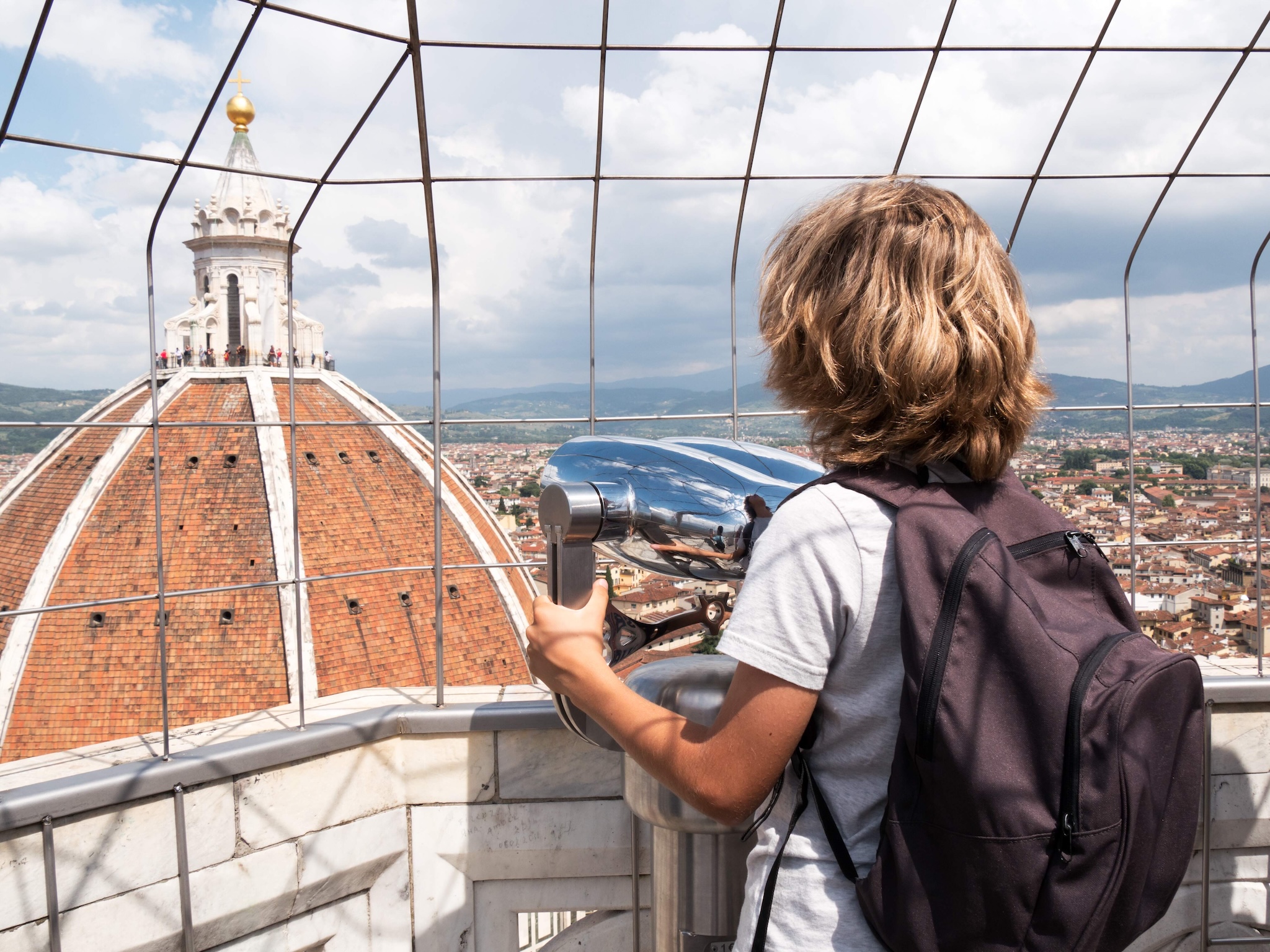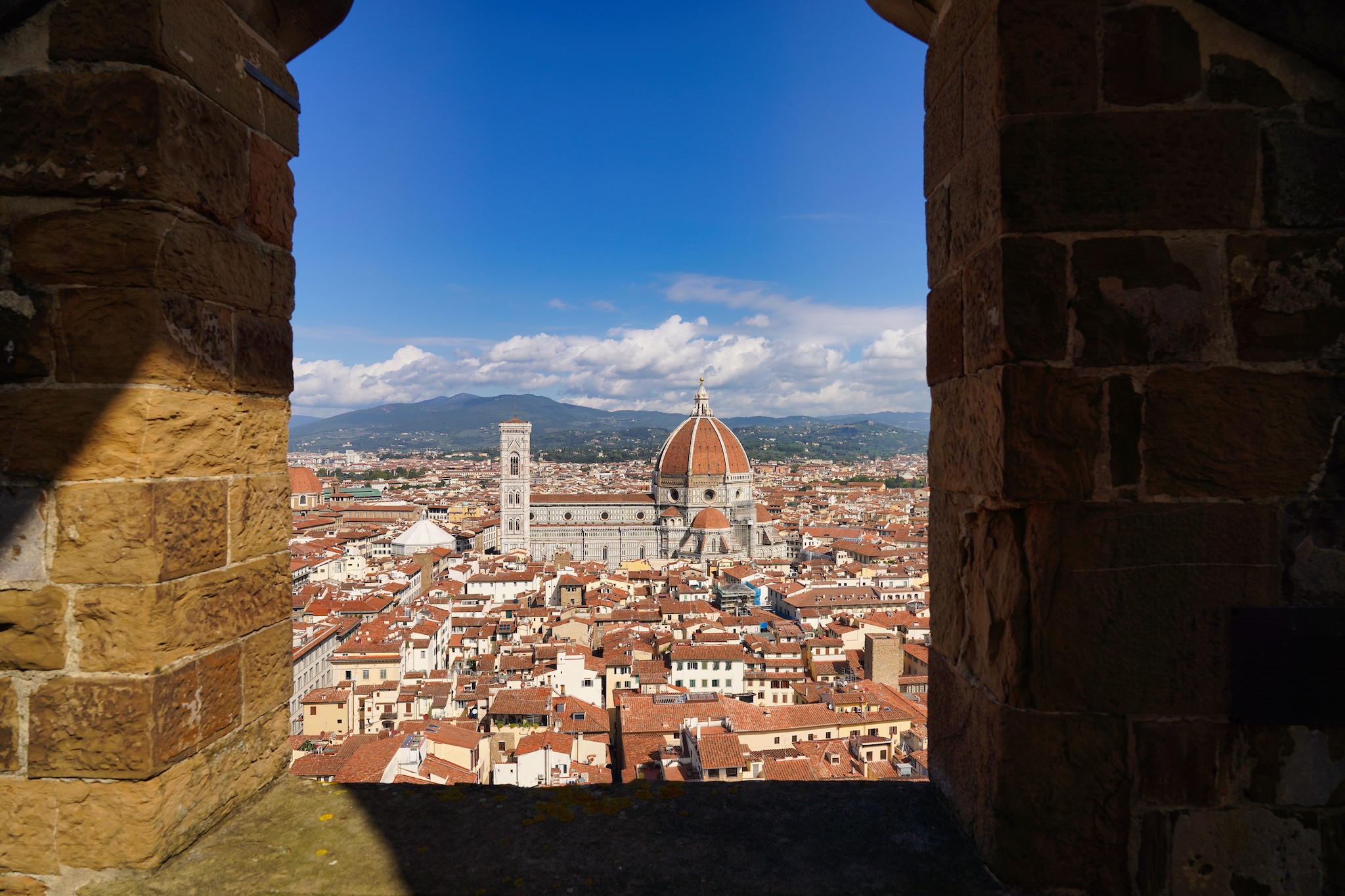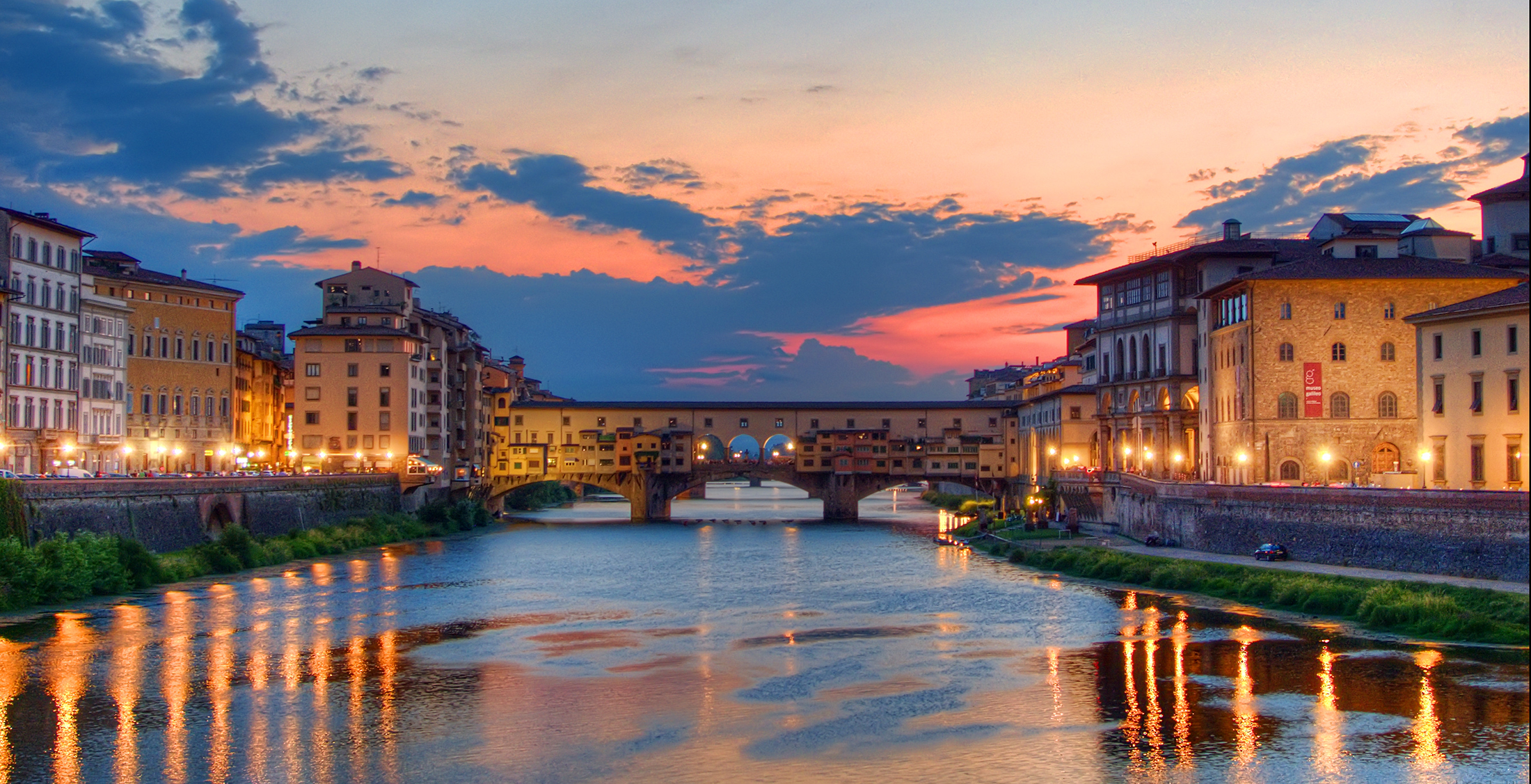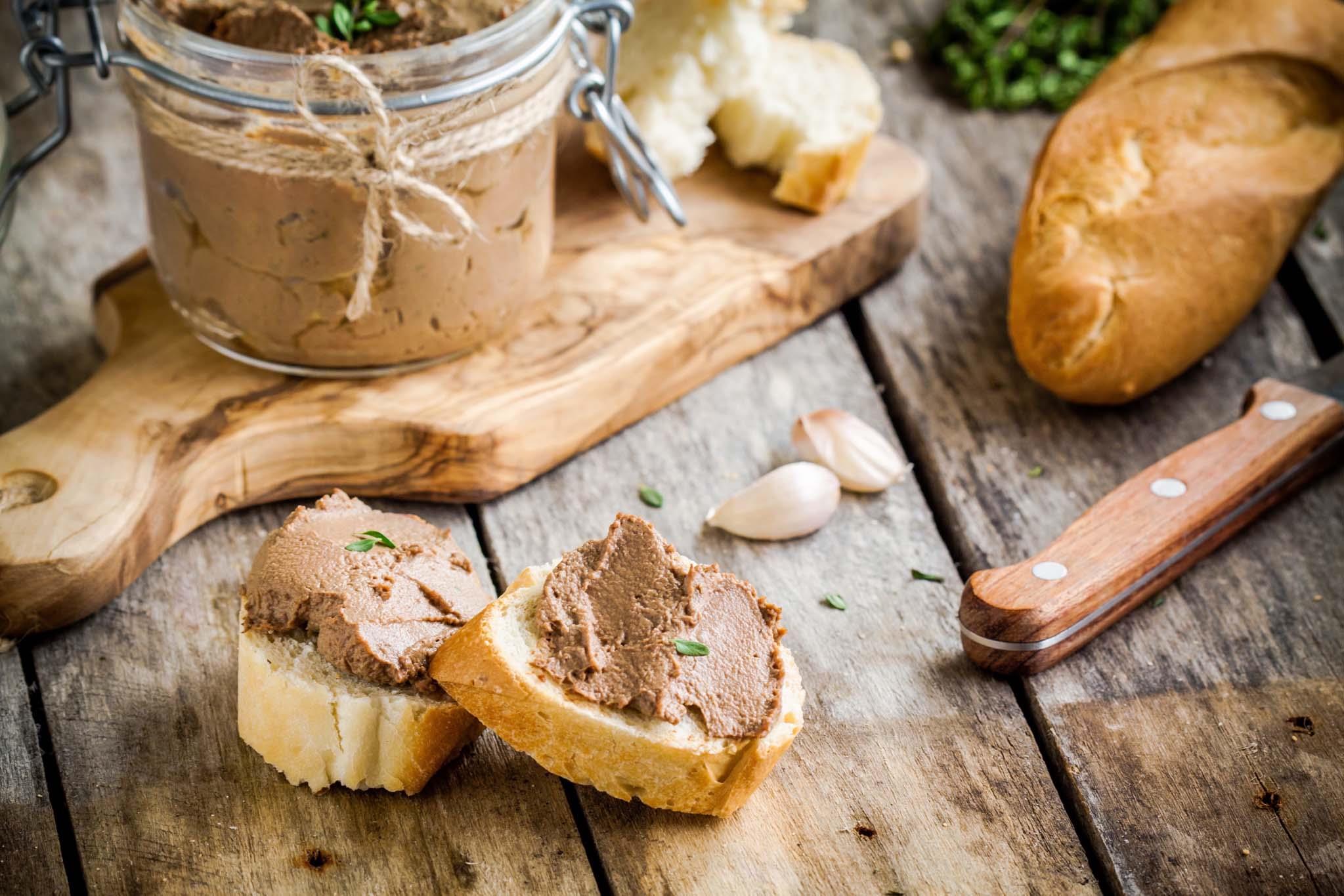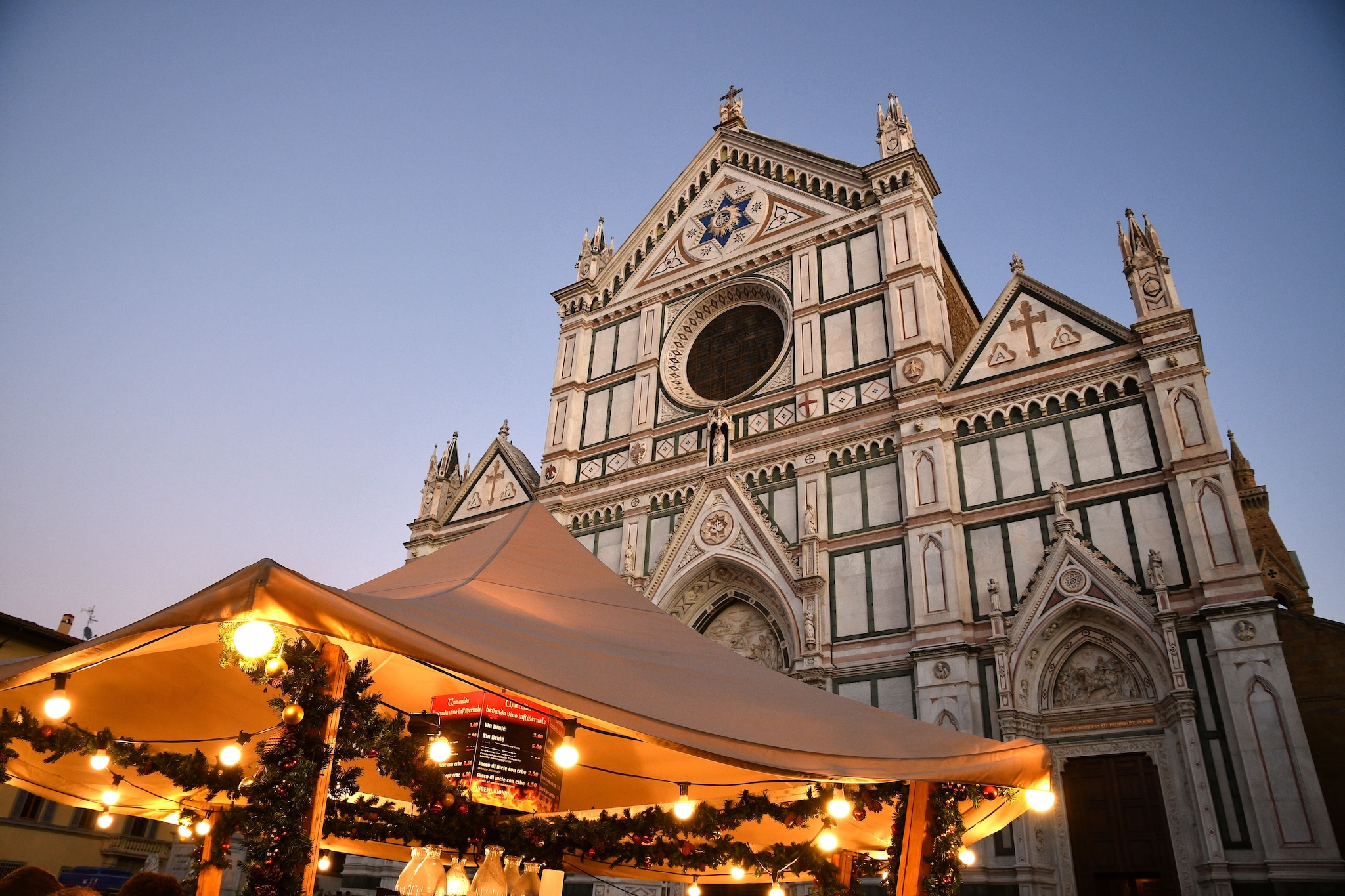If you are looking for an alternative tour of Florence and you want to discover little known curiosities and peculiarities, this is the guide for you!
Here is a list that will lead you to discover the secrets of the birthplace of the Renaissance:
Duomo (the cathedral)
Visitors to the east side of the Basilica may come across a white marble slab that was affixed to commemorate the point where Verrocchio's ball (the golden sphere above Brunelleschi's Dome) fell, precisely on 27 January 1601.
Palazzo Vecchio
The Arnolfo Tower (which is now open to visitors and affords a unique perspective to admire the majestic Duomo) once housed the prison where illustrious figures such as Cosimo the Elder and Savonarola were imprisoned.
The Nuisance
When you are in front of the Palazzo Vecchio, take a closer look! On the lower part of the facade of the Florentine seat of civil power, you will find a piece of graffiti featuring the profile of a man. Legend has it that the artist Michelangelo, continuously bothered by a man who insisted on talking about his own misfortunes, decided to sculpt the profile of this chatty individual (the nuisance) with his chisel to help pass the time. But there's more! Another version of the legend tells us that Michelangelo was struck by the expression of a man condemned to death and, prompted by emotion, he sketched the profile of the man's face.
Benvenuto Cellini's self-portrait
If you remain in Piazza della Signoria, you can't help but admire the artworks housed within the Loggia dei Lanzi. Here too, you can discover another of Florence's curiosities! The famous sculpture of Perseus holding the head of Medusa, by Benvenuto Cellini, hides a little known detail: if you look carefully at the work, The nape of Perseus's neck and his helmet create the illusion of a face, which seems to be a self-portrait of Benvenuto Cellini!
Wine Portals
While walking around the city centre, the most attentive will notice small openings on the walls of the nobles' residences. These little windows, shaped like small doors, were used to sell the wine that wealthy Florentine families produced from their own vineyards.
An allegory of Bees
In Piazza Santissima Annunziata, in the setting of the Spedale degli Innocenti, you can admire the imposing life-size sculpture of Ferdinando I de Medici. If you stop to look carefully at the statue, you will notice that on the base there is a swarm of bees, an allegory of Florentine power, where the central queen bee clearly represents the Grand Duke and the worker bees the faithful and loyal people of Florence.
So why is this detail so peculiar for the city of Florence? To find out, you must count the bees with your eyes closed, if you can, without touching or pointing at them, you will be blessed by Good Fortune! Reliable information confirms that there are 91 bees.
The window that is always open
Wait, don't leave Piazza Santissima Annunziata just yet, if you turn your gaze to the left towards Palazzo Grifoni, you'll notice an open window; so what is so strange about that? This window hasn't been closed since 1500: legend has it that a young bride waited at the window, day and night, for the return of her beloved from the war. Upon her death the window was closed, causing controversy among the Florentines and it was thus decided to keep it open forever!
Home of the Brindellone
In Via Il Prato you will notice a large door that reaches the third floor of the adjacent buildings. Yes, you have found the house of the Brindellone, the cart that is taken to Piazza Duomo every Easter Sunday for the traditional Exploding of the Cart.
Are you intrigued yet? Just come to the birthplace of the Renaissance and set off in search of the stories and legends.
Happy travels!


